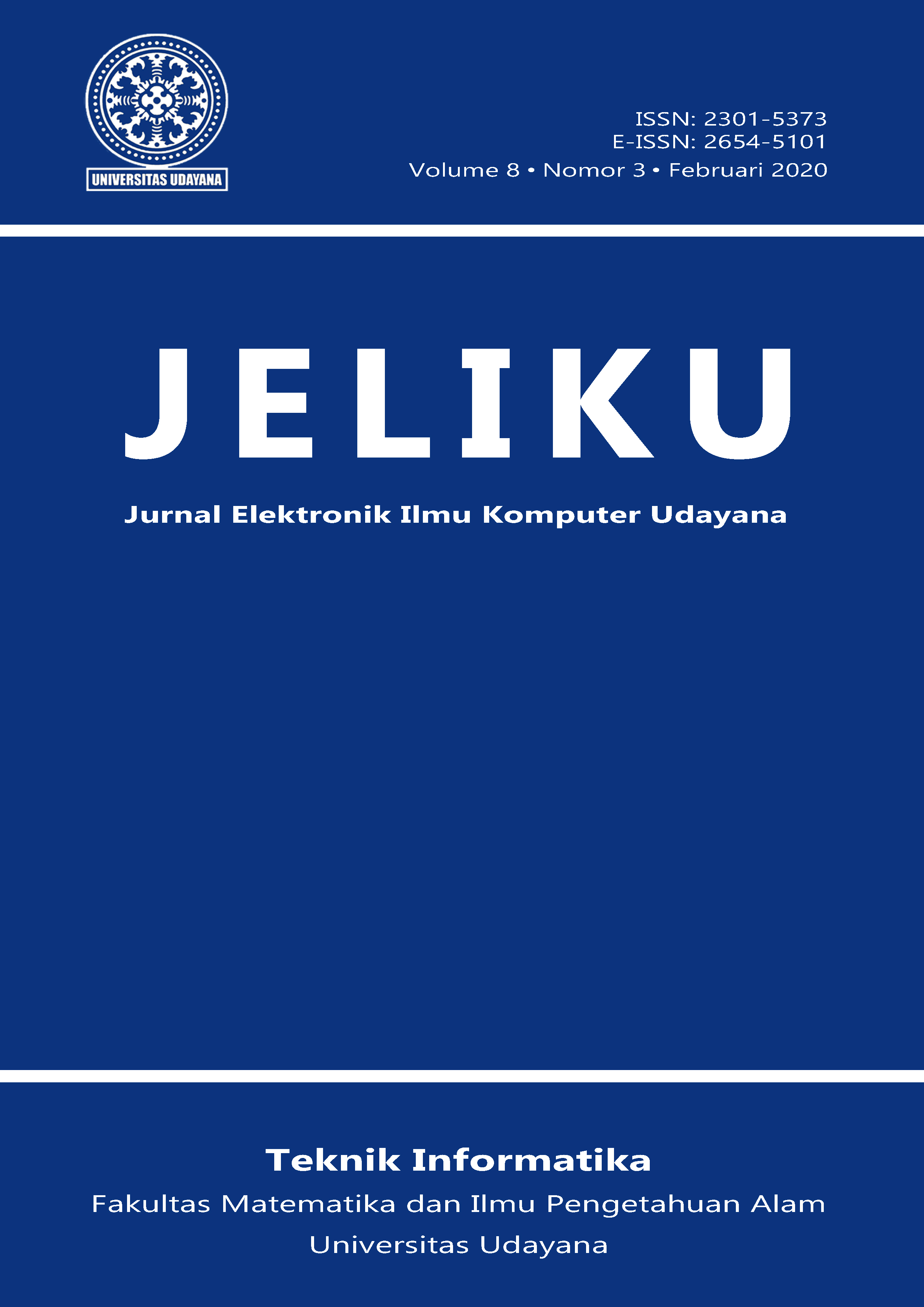Prediction Of The Number Of Tourists To Visit Bali Province Using Backpropagation Artificial Neural Network (Case Study: Data 1990-2016)
Abstract
Bali Island is the most popular tourist destination in Indonesia. The total number of foreign tourists visiting Indonesia through the entrance of Ngurah Rai Airport reached 40% as of October 2016, with the value of Bali's foreign exchange receipts for Indonesia from the tourism sector amounting to 70 Trillion Rupiah. Minister of Tourism (Menpar) Arief Yahya always uses the password "Bali" in promoting destinations throughout the world. Because in tourism, Bali is a gate that is passed by 40 percent of foreign tourists (tourists) to Indonesia. In support of more accurate decision making, the author makes a system of forecasting numbers of foreign tourists visiting Bali Province by taking a sample of Japan. Factors that are used as input to make predictions include the number of tourists visiting before, the population of the country of origin of foreign tourists, Gross Domestic Product, and the Relative Consumer Price Index of the countries of origin of foreign tourists. In this research, optimization of the activation function, hidden neuron, and learning rate parameters is performed. Forecasting results using the backpropagation method produce a pretty good accuracy with an accuracy of Mean Square Error = 0.0050558, and test data accuracy of MSE = 0.031695. ANN architecture in the training process is then used to calculate predictions of visits by foreign tourists in the testing process






